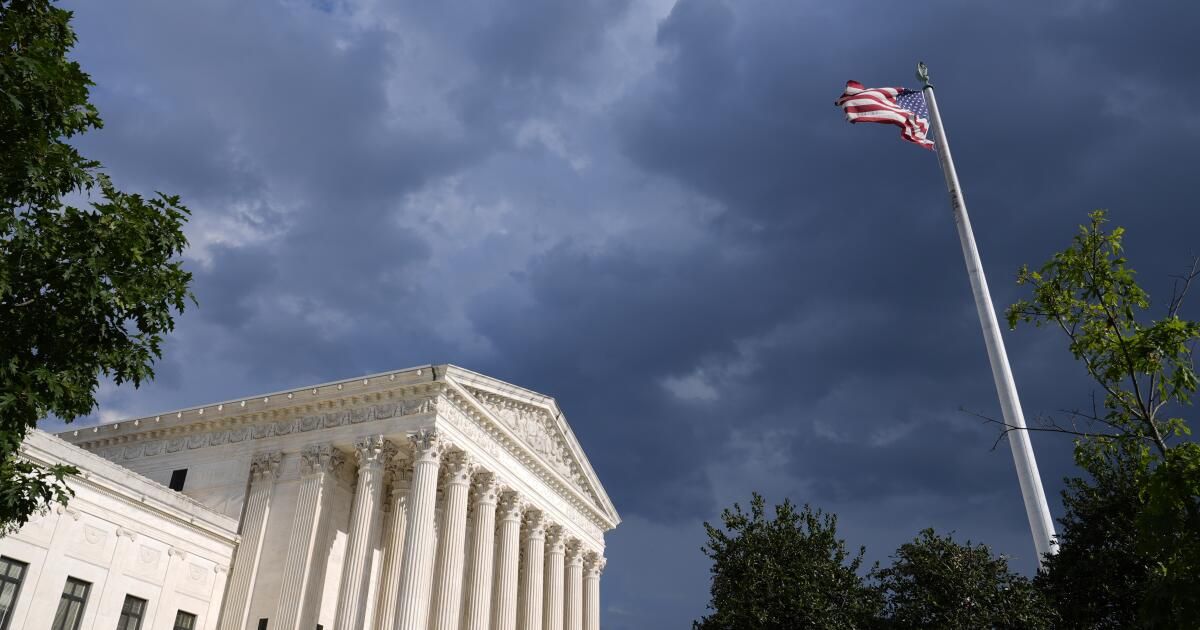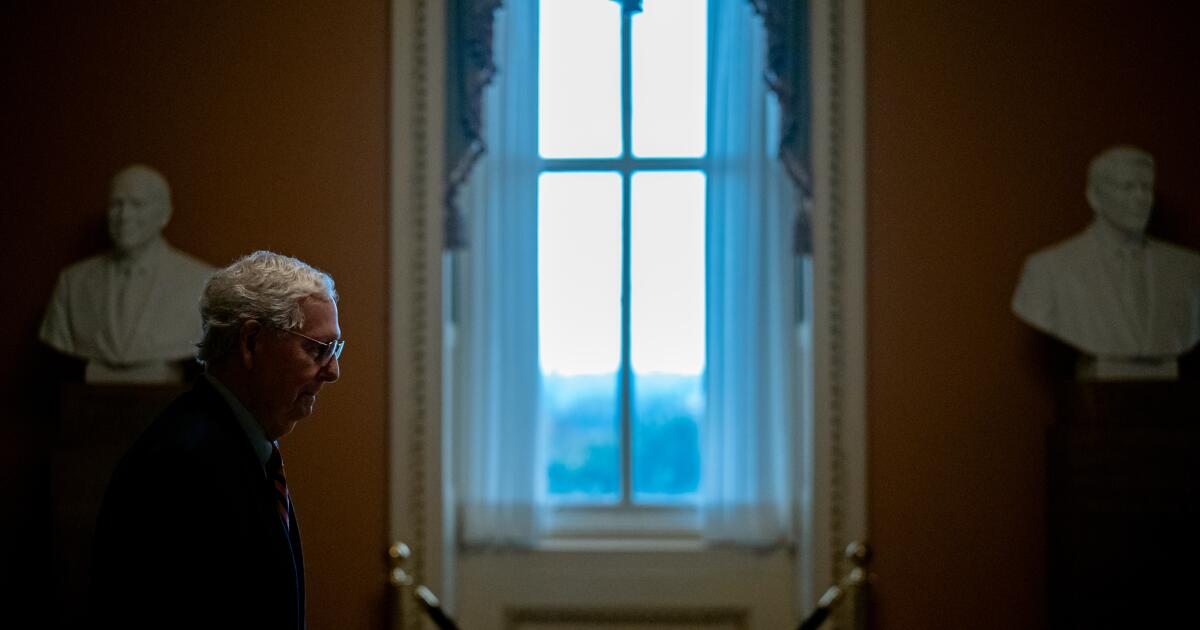In the three years since conservatives won a supermajority on the Supreme Court, they have overturned at least one major precedent every year. This year, from paralyzing federal agencies to granting presidents broad protections from accountability, they have shown no signs of slowing down.
While it is difficult to sum up any Supreme Court term in a single theme, this one was marked by the court’s determination to make the country safe for corruption. Officials who abuse their positions, including Supreme Court justices eager to seize power at the expense of democracy, had a very good year.
Take for example, Snyder vs. the United Statesin which the court rewrote federal anti-corruption laws to permit corruption rather than prohibit it.
The case involved a transportation company that paid an Indiana mayor $13,000 for “consulting services” after his city awarded it a $1.1 million contract. In considering whether state and local officials can receive gifts, gratuities or gratuities for official acts, the six Republican-appointed judges concluded that such rewards are perfectly legal even though, as Judge Ketanji Brown Jackson explained in his dissenting opinion, “they are functionally indistinguishable from accepting a bribe.”
Jackson wrote pointedly that the majority’s “absurd and atextual interpretation” of the statute is something only the current Court could appreciate. Indeed, the majority that decided the case included Justices Clarence Thomas and Samuel A. Alito Jr., who have accepted gifts and bounties from billionaires, some of whom have a stake in the court’s business.
The Court’s tendency to insulate abuses of power from accountability is not limited to public corruption. In a series of lesser-known cases, the Court granted powerful corporations a kind of immunity from regulation even when they endanger the public. These cases are technical, but their effects are profound.
In Such a caseIn 1994, the court struck down the 40-year-old so-called Chevron doctrine, holding that federal courts, not federal agencies, have the power to determine when corporations violate federal environmental, consumer protection, workplace safety and public health laws. Under Chevron, when a law was ambiguous, courts were required to defer to the judgments of expert administrative agencies. Now the courts, many of them packed with conservative judges who are hostile to regulation and interested in satisfying corporate interests, have the final say.
But that's not all. The court also gave itself the power to question and scrutinize the agency's rules, making it easier for companies to challenge them. Ohio v. Environmental Protection AgencyFive Republican judges blocked an EPA anti-pollution rule because they did not believe the agency's experts had sufficiently explained their efforts to control ozone pollution.
(It was not clear that the court itself had the expertise to make this determination. The majority opinion initially confused nitrogen oxides, which cause smog, with nitrous oxide, the “laughing gas” often used in dental procedures.)
In another attack on the agency's authority, the court limited the Securities and Exchange Commission's ability to enforce federal securities laws. SEC vs. JarkesyThe conservative bloc argued that agencies cannot use administrative law judges and internal procedures to impose civil penalties on companies that violate federal securities laws.
Instead, the court said the companies have a right to have these cases heard in federal courts, which are slower than the agencies and populated by Trump appointees handpicked by the Federalist Society in part for their enthusiasm for deregulation. The ruling is likely to force the agencies to triage their enforcement of securities laws, focusing on the most egregious violations and abandoning smaller lawsuits typically brought by individual investors.
On the final day of the term, the court tilted the legal landscape further in favor of corporations by inviting more challenges to the regulation. case under the radarThe six conservatives held that plaintiffs can challenge even the agency’s long-standing regulations as long as they allege some new harm from them. As Judge Jackson warned in his dissenting opinion, this means that any new company can challenge even fully established regulations, and “well-heeled litigants” can “game the system by creating new entities” to challenge such rules.
The end of a mandate concerned with protecting corrupt abuses of power was, of course, the decision to effectively crown the president as a king free from the restraints of law. Trump vs. the United StatesIn the Trump case, the court granted presidents “absolute immunity” from criminal prosecution when they exercise their basic constitutional authority, even if they abuse that authority for corrupt purposes. That means special counsel Jack Smith, for example, cannot prosecute Donald Trump for pressuring the Justice Department to fabricate baseless claims of election fraud.
This decision is all the more chilling in light of the former president’s vow to seek revenge and prosecute his political rivals and critics. The majority’s acceptance of an executive utterly free of judgment or law was so chilling that Justice Sonia Sotomayor, joined by Justices Elena Kagan and Jackson, felt moved to write: “With fear for our democracy, I dissent.”
But the immunity decision goes further, granting presidents at least a presumption of immunity for any action that falls within the bounds of their official duties. In that case, too, the court insisted that a president’s motives are irrelevant even if he corruptly abuses the powers of his office (for example, by ordering subordinates to prosecute or assassinate a rival). Indeed, the court even made it harder to prove abuses of presidential power by prohibiting prosecutors from introducing evidence of the president’s motives for his official acts, effectively blocking any criminal prosecution of that conduct.
Taken together, it has been an emblematic term for public and private corruption, which the Court’s conservatives have repeatedly blessed in its various forms. Even by avoiding any substantive ruling in two key abortion cases, which on the surface had little to do with government or corporate accountability, the Court appeared to be working to limit the relevance of reproductive rights in the upcoming election. Thus, while the Court was seizing power and using it to enable corruption, it was also inviting suspicion that it was corruptly using its own power to boost the electoral fortunes of the party it favors.
Leah Litman is a professor of law at the University of Michigan Law School. Melissa Murray is a professor of law at New York University School of Law. They co-host the show “Strict examination” podcast.












